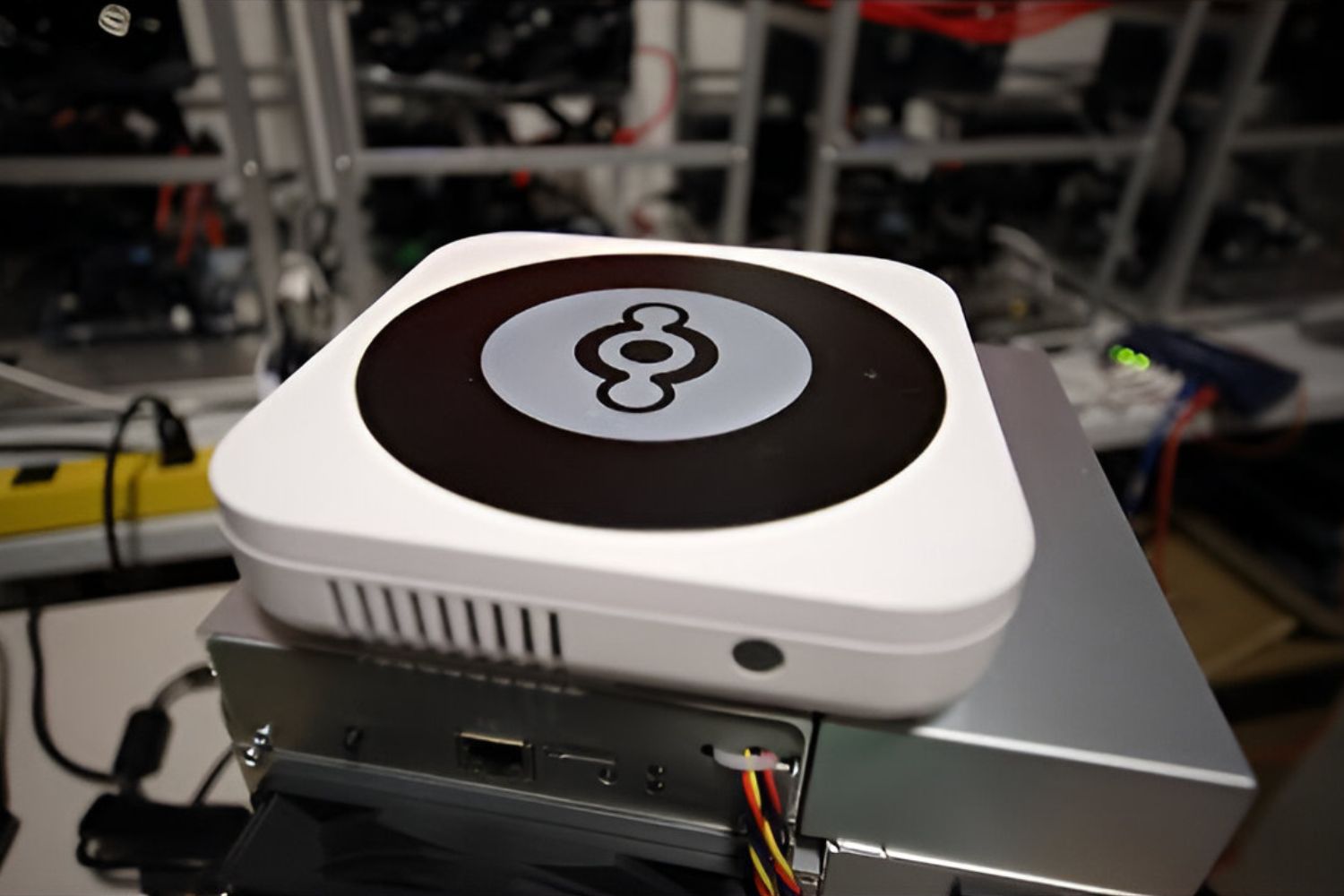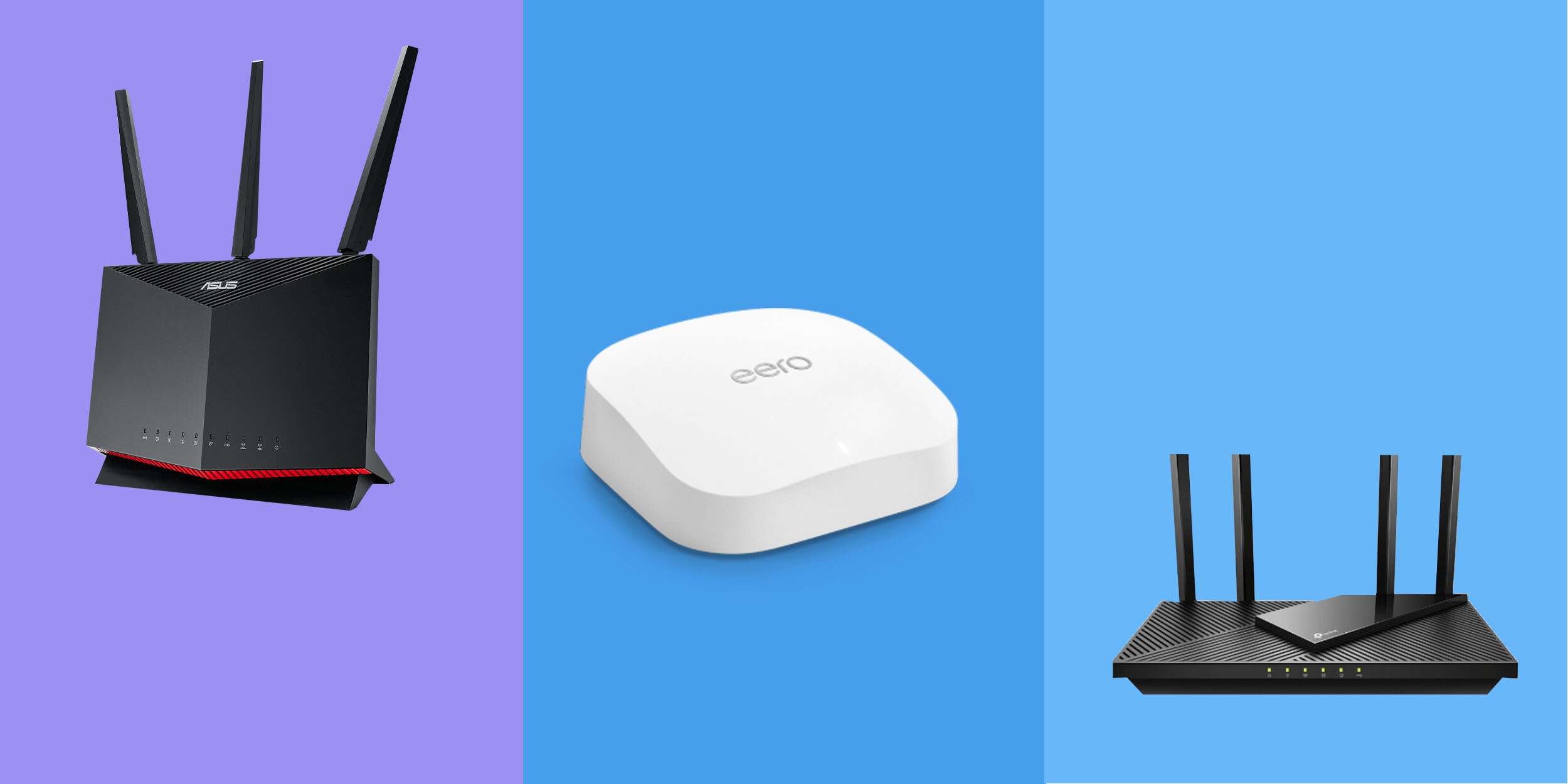Introduction
When it comes to setting up a Helium hotspot, one of the crucial elements to consider is the sync time. The sync time refers to the duration it takes for a new hotspot to synchronize with the Helium blockchain network and become fully operational. Understanding this process is essential for hotspot owners as it directly impacts the functionality and performance of their devices.
In this article, we will delve into the intricacies of Helium hotspot sync time, shedding light on the factors that influence this duration and providing insights into what hotspot owners can expect during the synchronization process. Additionally, we will explore effective strategies for expediting the sync time, enabling hotspot owners to optimize the functionality of their devices efficiently.
By gaining a comprehensive understanding of the sync time and the synchronization process, hotspot owners can make informed decisions and take proactive measures to ensure the seamless integration of their hotspots into the Helium network. Let's embark on this informative journey to unravel the nuances of Helium hotspot sync time and discover actionable tips for enhancing the synchronization experience.
Understanding Helium Hotspot Sync Time
The sync time of a Helium hotspot plays a pivotal role in determining the operational readiness of the device. When a new hotspot is activated, it undergoes a synchronization process with the Helium blockchain network. This synchronization is essential for the hotspot to effectively participate in the network's operations, such as transmitting and validating data, and earning HNT (Helium Network Tokens).
During the sync process, the hotspot downloads and verifies the blockchain, ensuring that it has the latest and accurate information about the network's state. This synchronization is crucial for maintaining the integrity and security of the network, as it allows the hotspot to validate transactions and participate in consensus protocols.
The duration of the sync time can vary depending on several factors, including the hotspot's geographical location, network congestion, and the overall health of the Helium blockchain. Hotspots located in areas with robust network connectivity and minimal congestion are likely to experience faster sync times, whereas those in remote or congested regions may encounter longer synchronization periods.
It's important to note that the sync time is a one-time process that occurs when the hotspot is initially set up or after a reset. Once the synchronization is complete, the hotspot is ready to engage in network activities and contribute to the Helium ecosystem.
Understanding the sync time is crucial for hotspot owners, as it allows them to anticipate the duration required for their hotspots to become fully operational. Additionally, being aware of the factors that influence sync time empowers hotspot owners to make informed decisions when selecting the location for their devices and optimizing their network connectivity.
In the subsequent sections, we will delve deeper into the factors that affect sync time and provide valuable insights into what hotspot owners can expect during the synchronization process. Additionally, we will explore effective strategies for expediting the sync time, enabling hotspot owners to maximize the performance of their devices efficiently.
Factors Affecting Sync Time
Several factors contribute to the sync time of a Helium hotspot, influencing the duration it takes for the device to synchronize with the Helium blockchain network. Understanding these factors is essential for hotspot owners to gain insights into the variables that can impact the synchronization process. By comprehending these elements, hotspot owners can make informed decisions and take proactive measures to optimize their hotspot's sync time. Let's explore the key factors affecting sync time:
-
Geographical Location: The geographical placement of a hotspot significantly influences its sync time. Hotspots located in densely populated urban areas with robust network infrastructure and high-speed internet connectivity often experience faster sync times. In contrast, hotspots situated in remote or rural locations with limited network coverage may encounter longer sync durations due to connectivity challenges and potential network latency.
-
Network Congestion: The level of network congestion within a specific region can impact the sync time of a hotspot. During periods of high network activity or congestion, such as in densely populated urban centers or during network events, hotspots may experience delays in synchronizing with the Helium blockchain. This congestion can result in extended sync times as the network processes a higher volume of transactions and data, affecting the overall synchronization speed.
-
Hardware Performance: The hardware specifications and performance capabilities of the hotspot device itself can influence sync time. Hotspots equipped with powerful processors, sufficient memory, and reliable network interfaces may undergo faster synchronization compared to devices with lower hardware capabilities. The processing speed and efficiency of the hotspot's hardware play a crucial role in expediting the synchronization process.
-
Blockchain Health: The overall health and stability of the Helium blockchain network can impact sync time. Factors such as blockchain maintenance, software updates, and network stability can influence the speed at which hotspots synchronize with the blockchain. A healthy and well-maintained blockchain network can facilitate faster sync times, ensuring that hotspots can efficiently integrate with the network and contribute to its operations.
-
Firmware Updates: The timely installation of firmware updates and software patches provided by Helium can also affect sync time. Keeping the hotspot's firmware up to date is essential for ensuring optimal performance and compatibility with the Helium network. Outdated firmware or software versions may lead to longer sync times or potential synchronization issues, underscoring the importance of regularly updating the hotspot's firmware to streamline the synchronization process.
By considering these factors, hotspot owners can gain a comprehensive understanding of the variables influencing sync time and take proactive steps to optimize the synchronization experience for their devices. This awareness empowers hotspot owners to make informed decisions regarding the placement, maintenance, and configuration of their hotspots, ultimately enhancing the efficiency and performance of their devices within the Helium network.
What to Expect During the Sync Process
During the synchronization process of a Helium hotspot, hotspot owners can anticipate several key elements that characterize this essential phase of integrating the device into the Helium network. Understanding what to expect during the sync process is crucial for hotspot owners, as it provides insights into the milestones, challenges, and indicators of progress that accompany the synchronization journey.
-
Initialization and Blockchain Download: Upon activation or reset, the hotspot initiates the synchronization process by initializing its connection to the Helium blockchain network. This phase involves the download and verification of blockchain data, enabling the hotspot to establish a comprehensive and up-to-date understanding of the network's state and transaction history.
-
Sync Time Estimation: Hotspot owners should be prepared for the initial estimation of sync time provided by the device. This estimation serves as a preliminary indication of the expected duration for the synchronization process to complete. While this estimation offers valuable insight, it's important to acknowledge that actual sync times can vary based on the factors influencing the network connectivity and blockchain synchronization.
-
Progress Indicators: Throughout the sync process, hotspot owners can monitor progress indicators provided by the hotspot device. These indicators may include visual cues, status updates, or progress bars that reflect the synchronization status and percentage of completion. Observing these indicators allows hotspot owners to track the sync process and assess the device's advancement towards becoming fully operational.
-
Network Connectivity Checks: As the hotspot syncs with the Helium blockchain, it performs periodic checks and validations of its network connectivity. These checks ensure that the hotspot can effectively communicate with the blockchain network, maintain stable connectivity, and receive the latest network updates. Hotspot owners can expect the device to actively assess and optimize its network connection during the synchronization process.
-
Synchronization Completion: Upon successful synchronization with the Helium blockchain, the hotspot reaches a state of readiness, indicating that it is fully integrated into the network and capable of participating in network activities. This milestone marks the completion of the sync process, signifying that the hotspot is prepared to transmit and validate data, as well as contribute to the consensus protocols of the Helium network.
By understanding and anticipating these elements during the sync process, hotspot owners can effectively manage their expectations, monitor the progress of their hotspots, and ensure a smooth and efficient synchronization experience. This awareness empowers hotspot owners to proactively address any potential challenges or issues that may arise during the sync process, ultimately facilitating the seamless integration of their hotspots into the Helium network.
Speeding Up the Sync Process
Achieving a swift sync time for a Helium hotspot is a desirable goal for hotspot owners seeking to expedite the device's integration into the Helium network. While the sync time is influenced by various factors, there are proactive measures and strategies that hotspot owners can implement to optimize and accelerate the synchronization process. By leveraging these approaches, hotspot owners can minimize sync time and ensure that their hotspots swiftly become fully operational within the Helium ecosystem.
Optimal Network Connectivity
Ensuring robust and stable network connectivity is paramount for expediting the sync process of a Helium hotspot. Hotspot owners should strive to position their devices in areas with strong internet connectivity and minimal network congestion. By selecting locations with reliable network infrastructure and high-speed internet access, hotspots can establish efficient connections to the Helium blockchain network, consequently reducing sync time.
Hardware Performance and Maintenance
Maintaining the hardware components of the hotspot is essential for optimizing sync time. Hotspot owners should regularly inspect and upkeep the device's hardware, including the processor, memory, and network interfaces, to ensure optimal performance. Additionally, installing firmware updates and software patches provided by Helium is crucial for enhancing the device's compatibility with the network and expediting the synchronization process.
Proactive Network Configuration
Hotspot owners can proactively configure their network settings to streamline the sync process. Optimizing router configurations, ensuring adequate bandwidth allocation for the hotspot, and minimizing network interference can contribute to faster sync times. By fine-tuning network parameters and minimizing potential sources of network latency, hotspot owners can expedite the synchronization of their devices with the Helium blockchain network.
Timely Software Updates
Regularly updating the hotspot's firmware and software is instrumental in accelerating the sync process. Hotspot owners should promptly install firmware updates and software patches released by Helium to leverage performance enhancements and compatibility improvements. Staying abreast of the latest software updates ensures that the hotspot is equipped with the necessary optimizations to facilitate a swift synchronization experience.
By implementing these proactive measures and strategies, hotspot owners can significantly reduce sync time and expedite the integration of their hotspots into the Helium network. Moreover, maintaining a proactive approach to network connectivity, hardware maintenance, network configuration, and software updates enables hotspot owners to optimize the performance of their devices and maximize their contributions to the Helium ecosystem.
Conclusion
In conclusion, the sync time of a Helium hotspot is a critical aspect that directly impacts the device's operational readiness and integration into the Helium blockchain network. Through our exploration of the sync time, we have gained valuable insights into the factors influencing this duration, the synchronization process, and effective strategies for expediting sync time.
Understanding the geographical location, network congestion, hardware performance, blockchain health, and firmware updates as key factors affecting sync time empowers hotspot owners to make informed decisions regarding the placement, maintenance, and configuration of their devices. By considering these factors, hotspot owners can proactively address potential challenges and optimize their hotspot's sync time, ensuring a seamless integration into the Helium network.
During the sync process, hotspot owners can anticipate several key elements, including the initialization and blockchain download, sync time estimation, progress indicators, network connectivity checks, and synchronization completion. This awareness enables hotspot owners to effectively manage their expectations, monitor the progress of their hotspots, and ensure a smooth and efficient synchronization experience.
Furthermore, by implementing proactive measures such as optimizing network connectivity, maintaining hardware performance, proactively configuring network settings, and ensuring timely software updates, hotspot owners can expedite the sync process and minimize sync time. These strategies not only contribute to faster sync times but also enhance the overall performance and contribution of hotspots within the Helium ecosystem.
In essence, the synchronization process serves as a crucial gateway for hotspots to become fully operational and contribute to the decentralized Helium network. By comprehensively understanding sync time and implementing proactive measures, hotspot owners can optimize the performance of their devices, maximize their contributions to the Helium ecosystem, and embark on a seamless journey of network integration and participation.
With a deep understanding of sync time and the synchronization process, hotspot owners are equipped to navigate the intricacies of integrating their devices into the Helium network, fostering a robust and efficient ecosystem of decentralized wireless connectivity.

























